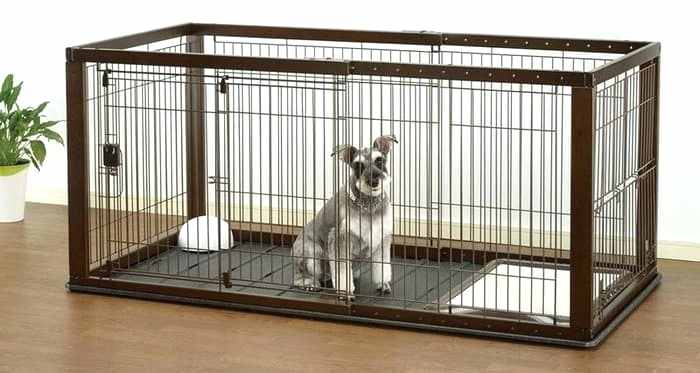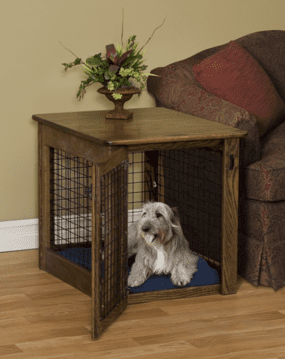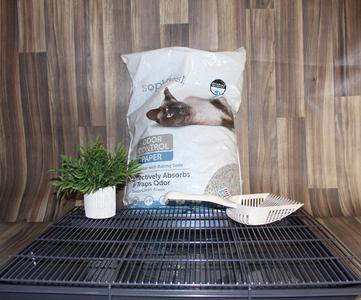Caring for your New Puppy
Hello, Friends!
PLEASE TAKE THE TIME TO READ THIS ENTIRELY BEFORE TAKING YOUR PUPPY HOME!
IT IS CRITICAL YOU UNDERSTAND THE RISKS YOU MAY UNKNOWINGLY PUT YOUR PUPPY IN.
YOUR PUPPY COULD DIE IF YOU DO NOT READ AND LEARN ABOUT THESE VIRUSES!
SAFTY
On the way home
DO NOT STOP AND LET THE PUPPY OUTSIDE ON THE GROUND TO USE THE BATHROOM!
If you bring a kennel let them go in there on a puppy pad, it's SAFER!! Purebreds are at a higher risk of contracting viruses so I highly recommend strict precautions to keep your baby safe. If you are unsure we can talk about this, please give me a call anytime. I like to vaccinate through 16 weeks of age just to be safe
What Is Distemper?
Canine distemper is a highly contagious and serious disease caused by a virus that attacks the respiratory, gastrointestinal, and most common in the nervous system of puppies and dogs. The virus also infects wild canines (foxes, wolves, coyotes), raccoons, skunks, and ferrets.
HYPOGLYCEMIA (Tea-Cups)
By: Dr. Delbert G. Carlson, D.V.M., Dr. James M. Griffin, D.V.M.
Back to Articles and Stories
This is a central nervous system disorder caused by low blood sugar. It occurs mainly in Toys & TeaCup puppies between six and 16 weeks of age. Often it is precipitated by stress.
The first signs are listlessness and depression. They are followed by muscular weakness, vomiting or diarrhea, tremors (especially in the facial muscles), and later convulsions, coma, and death. The entire sequence is not always seen. The dog may simply appear to be depressed or weak, wobbly and jerky, or he may be found in a coma.
Hypoglycemia can occur without warning when a puppy is placed in a new home or while being shipped. It might appear after a puppy misses a meal, chills, becomes exhausted from too much playing or has a digestive upset. These upsets place an added strain on the energy reserves of the liver and bring on symptoms if the dog is susceptible.
Puppies who are weaned on rice and hamburger are more likely to develop hypoglycemia. Their diet is deficient in certain ingredients needed to sustain the liver.


Crate
These are useful when leaving the baby for a little while, they can stay in this and be safe from getting into anything that could harm them. The playpen is good for the same reason as well. Crates are also good if you decide you want to crate train the puppy. Dogs naturally don't want to use the restroom where they sleep. Using a crate for potty training teaches them to hold it for longer periods at a time, especially during the night until you let them out to go potty in the morning. Dogs in the wild sleep in small dens so this small space makes them feel comforted and safe NOT confined or unhappy.

